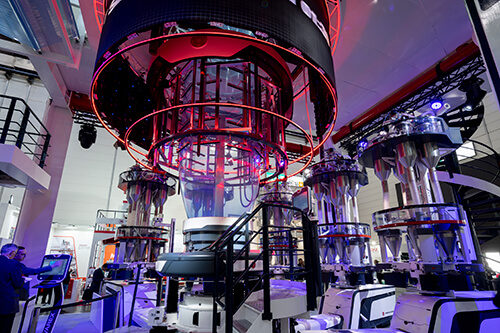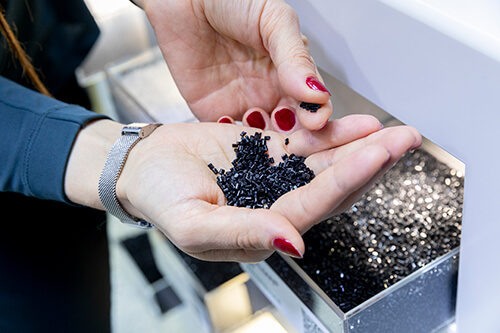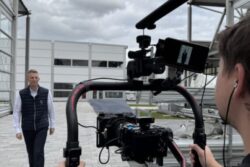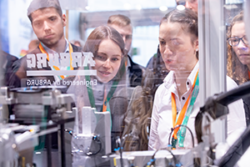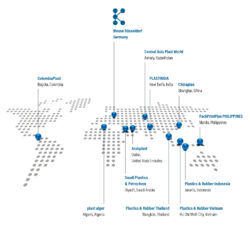K 2028 Shaping the Future of the Plastics and Rubber Industry
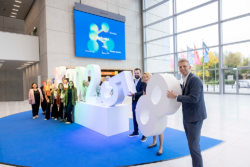
K 2028
Shaping the Future of the Plastics and Rubber Industry

The K Team would like to say thank you
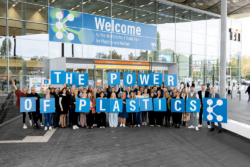
K 2025 Review
IMPRESSIONS, INSIGHTS AND TRENDS OF K 2025

K live
CURRENT INSIGHTS AND TRENDS OF THE K 2025
Bioplastics: Pathway to more Sustainability
Highlight Tour: Injection Molding and 3D Printing
Rubber and TPE: Essentials for the Industry
Top exhibitors and products
K Newsticker – Updates around K 2025
07.10.2025
Premiere at K 2025: Reusable Cup System for greater Sustainability
For the first time, a reusable cup system for beverages will be used at K 2025 in Düsseldorf—a concrete step toward a circular economy at the exhibition center. Instead of disposable cups, there will be reusable alternatives that can be returned directly on site.
02.10.2025
Career Day at K 2025 – free for students and trainees!
From October 8 to 15, 2025, K in Düsseldorf—the world's No. 1 trade fair for plastics and rubber—will open its doors once again. Preparations are already in full swing: the first large machines are moving into the exhibition halls and will be prepared for use in the coming days.
07.10.2025
Premiere at K 2025: Reusable Cup System for greater Sustainability
For the first time, a reusable cup system for beverages will be used at K 2025 in Düsseldorf—a concrete step toward a circular economy at the exhibition center. Instead of disposable cups, there will be reusable alternatives that can be returned directly on site.
02.10.2025
Career Day at K 2025 – free for students and trainees!
From October 8 to 15, 2025, K in Düsseldorf—the world's No. 1 trade fair for plastics and rubber—will open its doors once again. Preparations are already in full swing: the first large machines are moving into the exhibition halls and will be prepared for use in the coming days.

